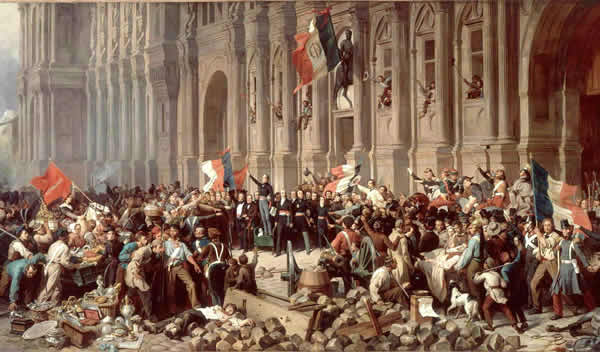This political cartoon shows the conflict of Andrew Jackson using the veto more than any other president before him. This use of the veto that was the right of the president was frowned upon in the early 19th century. Jackson was the first president to veto things because of political reasons. The first 6 presidents of the United States vetoed a total of 10 bills during their presidency. The reason this conflict arose was because of Jackson's choice to use the veto 12 times in his 8 years of presidency. However, 7 out of these 12 vetoes were called pocket vetoes which meant he never actually officially vetoed it. Instead he would let the document just die on his desk and not act on it at all.
This political cartoonist believes that Jackson abused his powers. He shows this by calling Jackson "King Andrew the First" and also had him in kings rode and having a staff. This cartoonist obviously believed that Jackson was acting like more of a monarch rather than being democratic like many people claim he was.
However, my personal opinion is that Jackson does deserve his democratic reputation. I don't understand why the cartoonist feels like Jackson is being a monarch, he is simply using a power that comes with the title of the president of the United States. If the president does not agree with a bill, it is his right to veto it. If that's what the president's opinion on the matter is, he should be allowed to do. And the people of the US can't get mad because they elected the president with the opinion he has, so they should be supportive of his veto decisions.
This political cartoonist believes that Jackson abused his powers. He shows this by calling Jackson "King Andrew the First" and also had him in kings rode and having a staff. This cartoonist obviously believed that Jackson was acting like more of a monarch rather than being democratic like many people claim he was.
However, my personal opinion is that Jackson does deserve his democratic reputation. I don't understand why the cartoonist feels like Jackson is being a monarch, he is simply using a power that comes with the title of the president of the United States. If the president does not agree with a bill, it is his right to veto it. If that's what the president's opinion on the matter is, he should be allowed to do. And the people of the US can't get mad because they elected the president with the opinion he has, so they should be supportive of his veto decisions.






